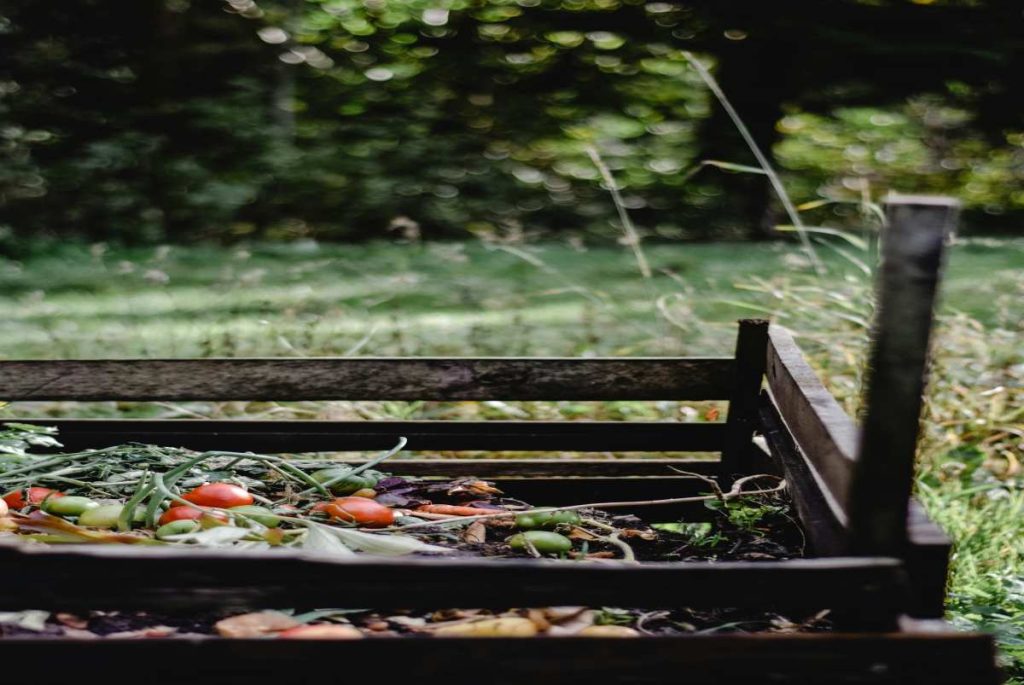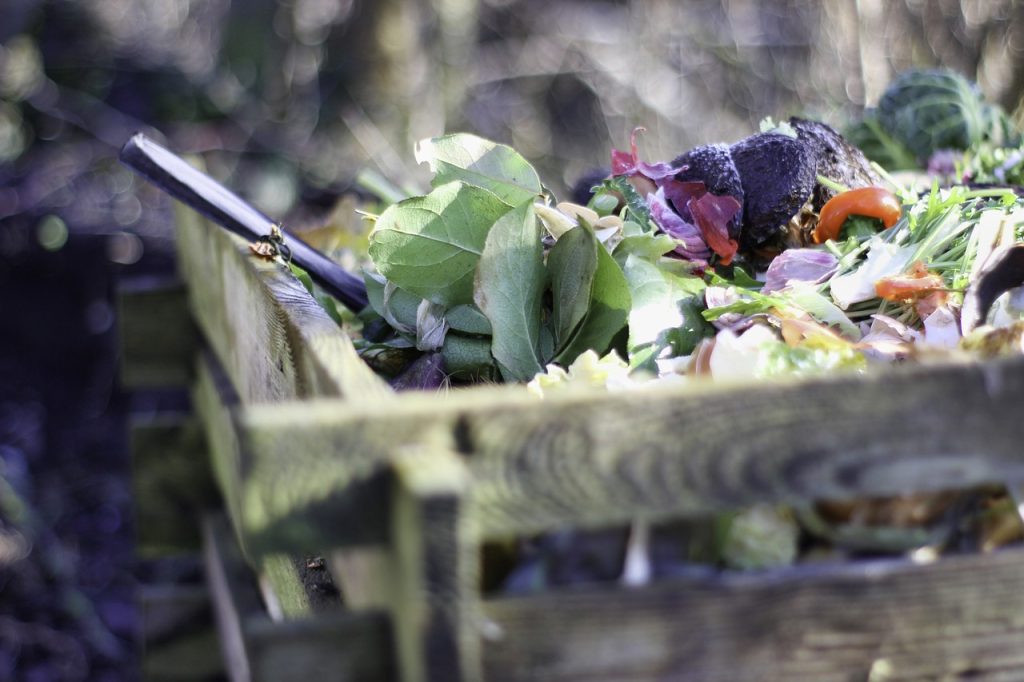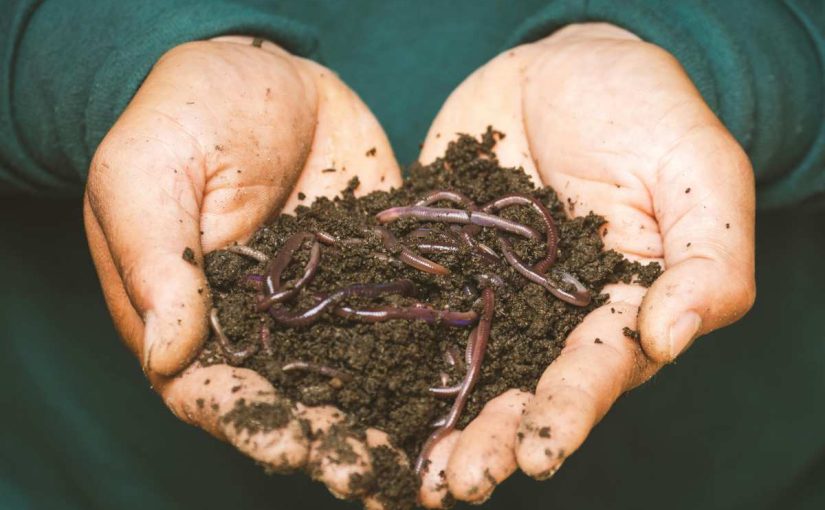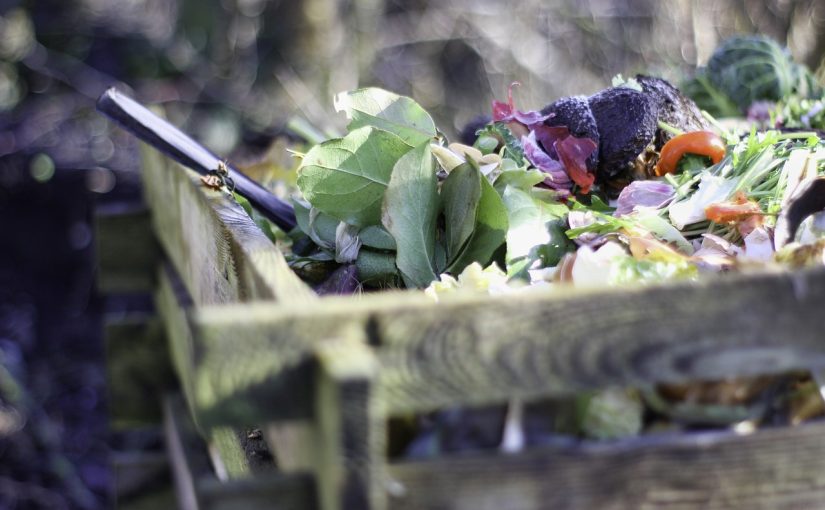Composting is one of the best ways to reduce waste, enrich your soil, and contribute to a healthier planet. However, even seasoned composters can sometimes fall into common traps that can hinder the composting process. Understanding these mistakes and how to avoid them will ensure that your compost is as effective as possible. Here are five common composting mistakes and how to avoid them.
1. Adding the Wrong Materials
Why it’s a mistake: Composting is a delicate balance of carbon (brown materials) and nitrogen (green materials). Adding the wrong types of materials, such as meat, dairy, or greasy foods, can disrupt the composting process. These materials may not break down properly and can attract pests like rats or flies. Similarly, materials with high acidity, like citrus peels, can slow down decomposition.
How to avoid it:
- Stick to plant-based waste. Opt for vegetable scraps, fruit peels, leaves, grass clippings, coffee grounds, and eggshells.
- Add a mix of carbon-rich (dry leaves, straw, cardboard) and nitrogen-rich materials (fresh grass clippings, food scraps).
- Avoid adding meat, dairy, oils, and any items that might not decompose quickly.
2. Not Turning the Pile Enough
Why it’s a mistake: Turning the compost pile regularly is key to ensuring that it breaks down properly. Without aeration, the compost can become compacted, leading to slow decomposition and foul smells. Without enough oxygen, anaerobic bacteria dominate the pile, producing methane and unpleasant odors.
How to avoid it:
- Turn your compost every 2-3 weeks with a pitchfork or compost aerator to help it breathe.
- If your compost is in a bin, consider using a compost tumbler, which makes turning easier.
- Ensure the materials are mixed well, so moisture and air circulate through the pile.
3. Having the Wrong Moisture Level
Why it’s a mistake: Composting requires the right balance of moisture. Too much moisture can lead to a soggy pile that doesn’t decompose effectively and might even start to smell bad. On the other hand, if the compost is too dry, the microbes that break down the organic matter won’t be able to thrive.
How to avoid it:
- Your compost should be about as moist as a wrung-out sponge. If it’s too dry, add some water or more green materials like fresh grass clippings or kitchen scraps.
- If it’s too wet, add more brown materials like dry leaves or shredded paper to absorb excess moisture.
- Use a compost thermometer to check if the pile is maintaining the right temperature and moisture.
4. Making the Pile Too Small or Too Large

Why it’s a mistake: A compost pile that’s too small won’t generate enough heat to break down materials quickly, while a pile that’s too large can become difficult to manage and turn, leading to slow decomposition and anaerobic conditions.
How to avoid it:
- Aim for a compost pile that’s at least 3 feet wide, 3 feet deep, and 3 feet tall. This size is ideal for maintaining heat and ensuring proper decomposition.
- If using a compost bin, make sure it’s large enough to accommodate the amount of waste you’re composting.
- Consider starting with smaller batches if you have limited space or if you’re just getting started.
5. Ignoring the Temperature
Why it’s a mistake: Composting works best when the pile reaches a temperature between 130°F and 160°F (54°C to 71°C). Too little heat means decomposition will take much longer, while too much heat can kill off the beneficial microorganisms needed to break down the organic matter.
How to avoid it:
- Monitor the temperature of your compost pile using a compost thermometer.
- If the temperature is too low, try turning the pile more often, add more nitrogen-rich materials, or insulate the pile with straw or cardboard.
- If the temperature is too high, turn the pile to release some heat or mix in more carbon-rich materials to cool it down.
Conclusion
Composting is an environmentally friendly practice that can be incredibly rewarding when done correctly. Avoiding these common composting mistakes will help you create rich, fertile soil for your garden and reduce your waste in a sustainable way. By paying attention to the materials you add, turning the pile regularly, maintaining the right moisture levels, and ensuring the proper size and temperature, you’ll have a thriving compost pile in no time.
Remember, composting is a learning process, so don’t be discouraged if things don’t go perfectly at first. With a little patience and the right knowledge, you’ll be well on your way to successful composting!




